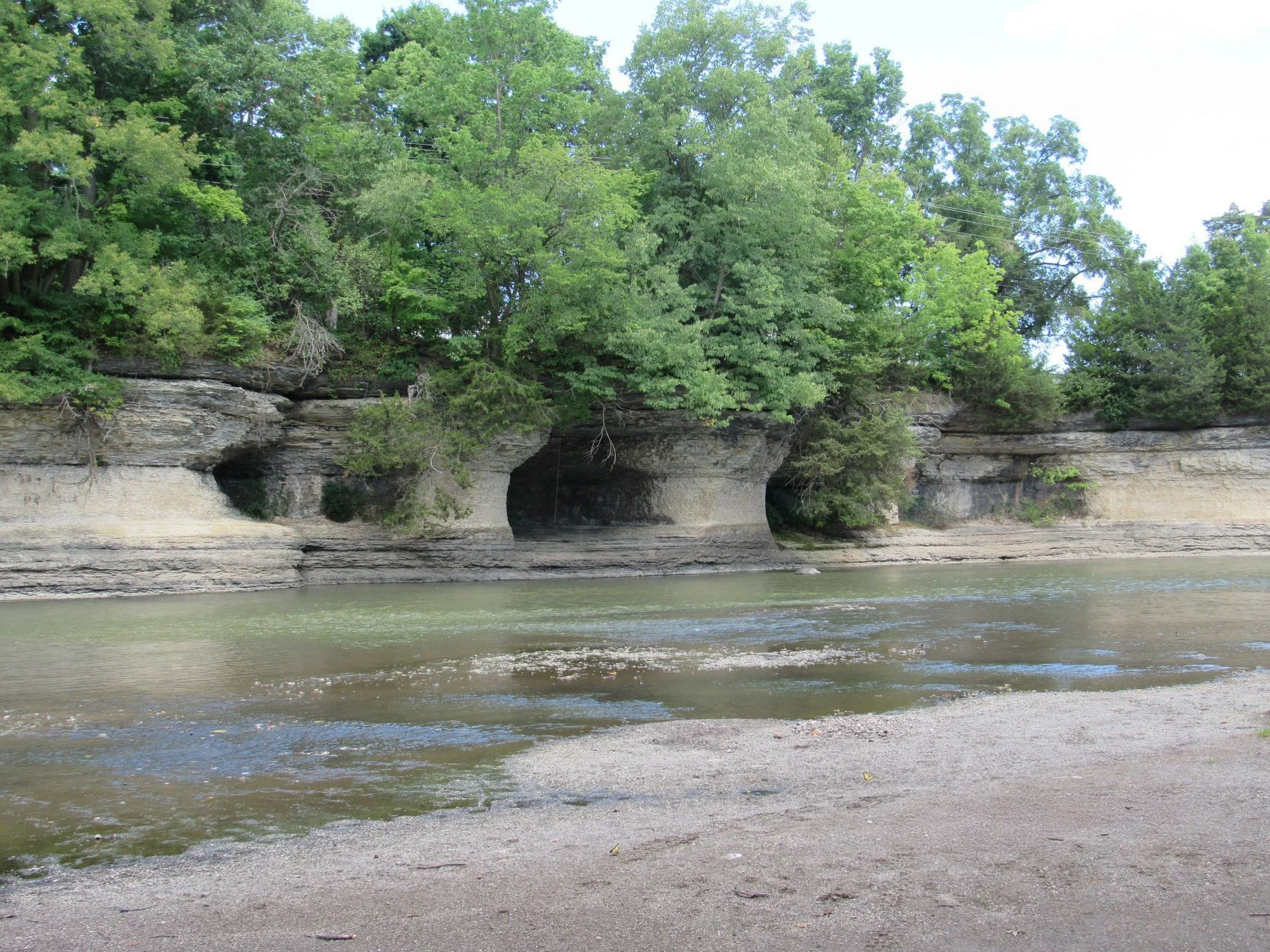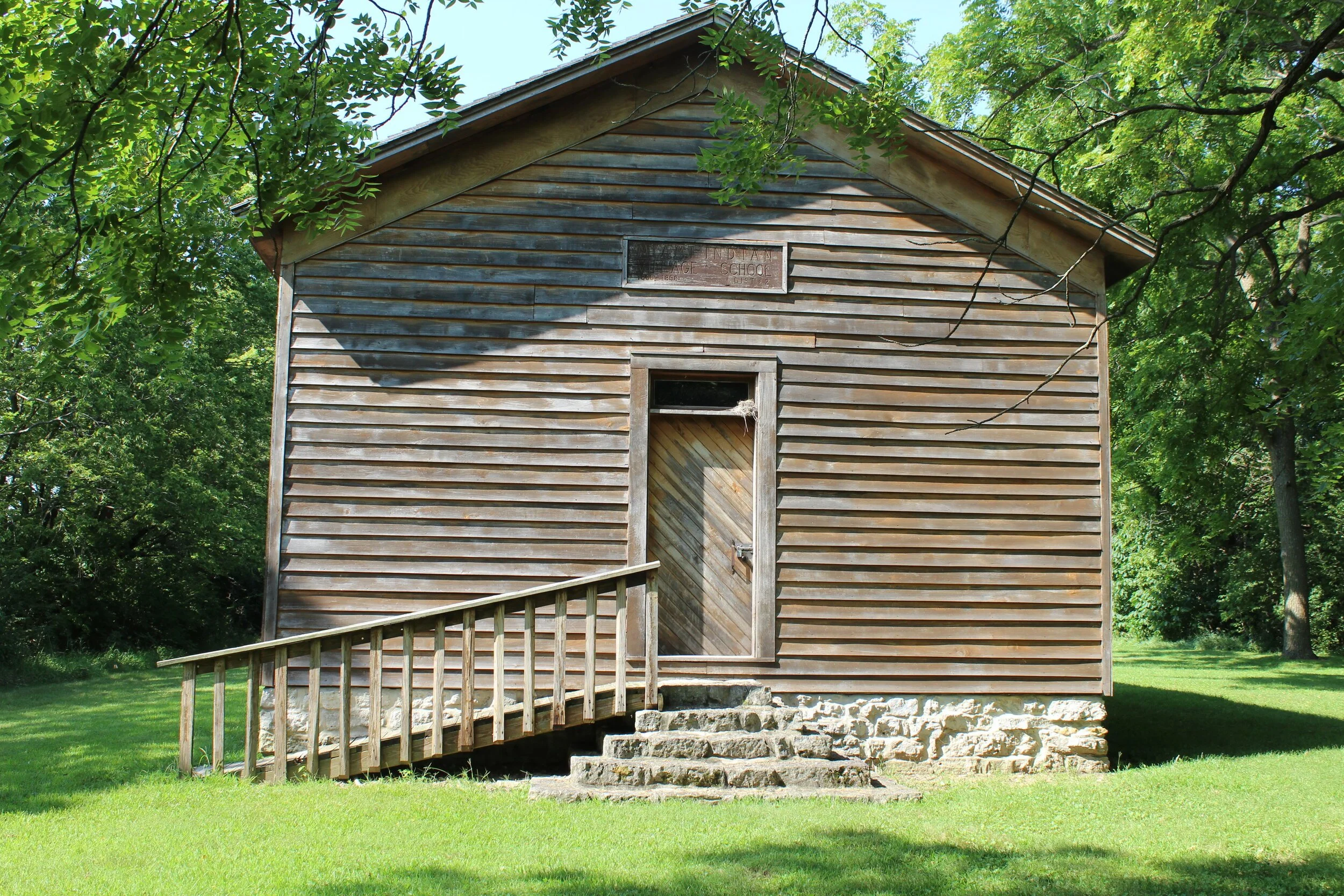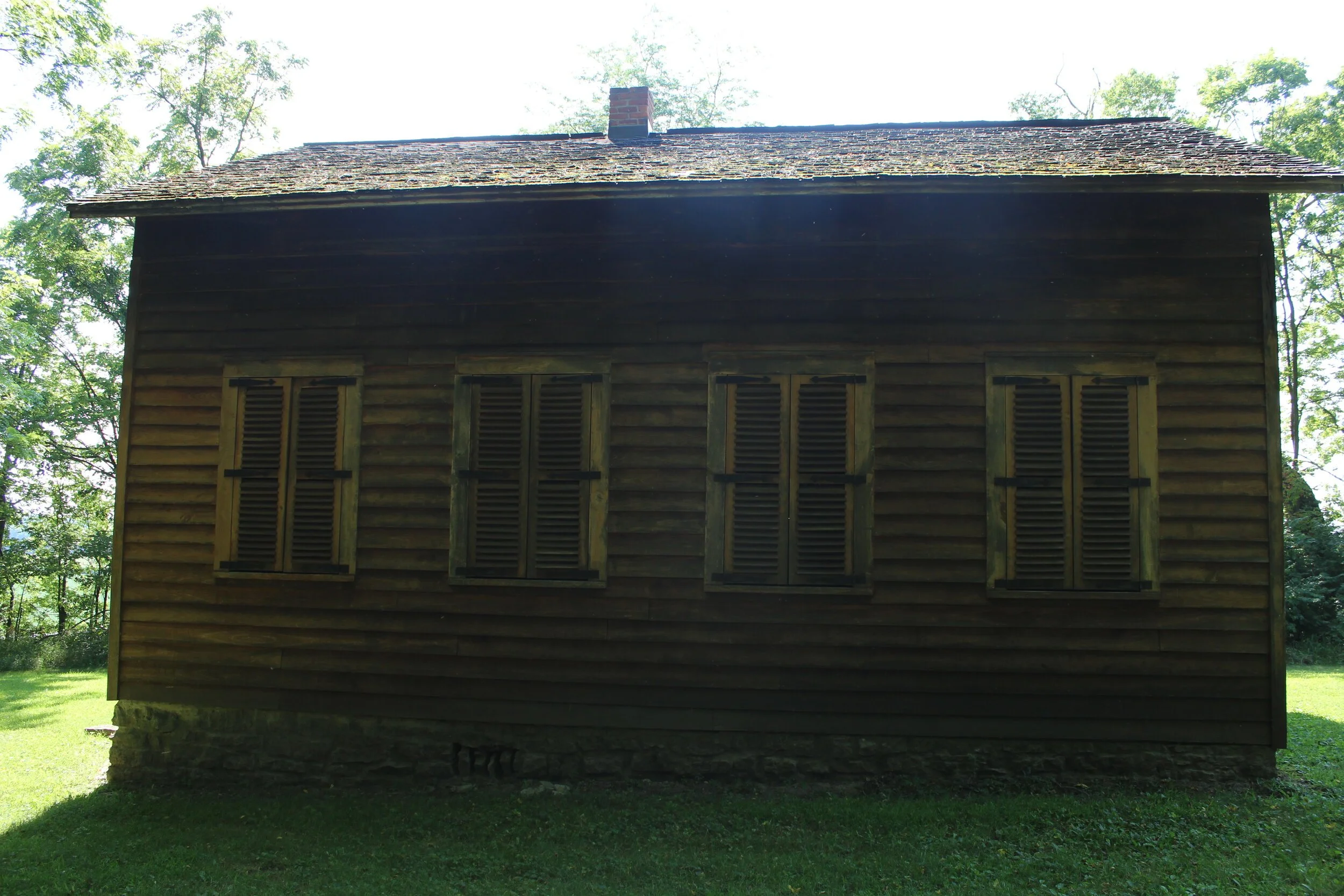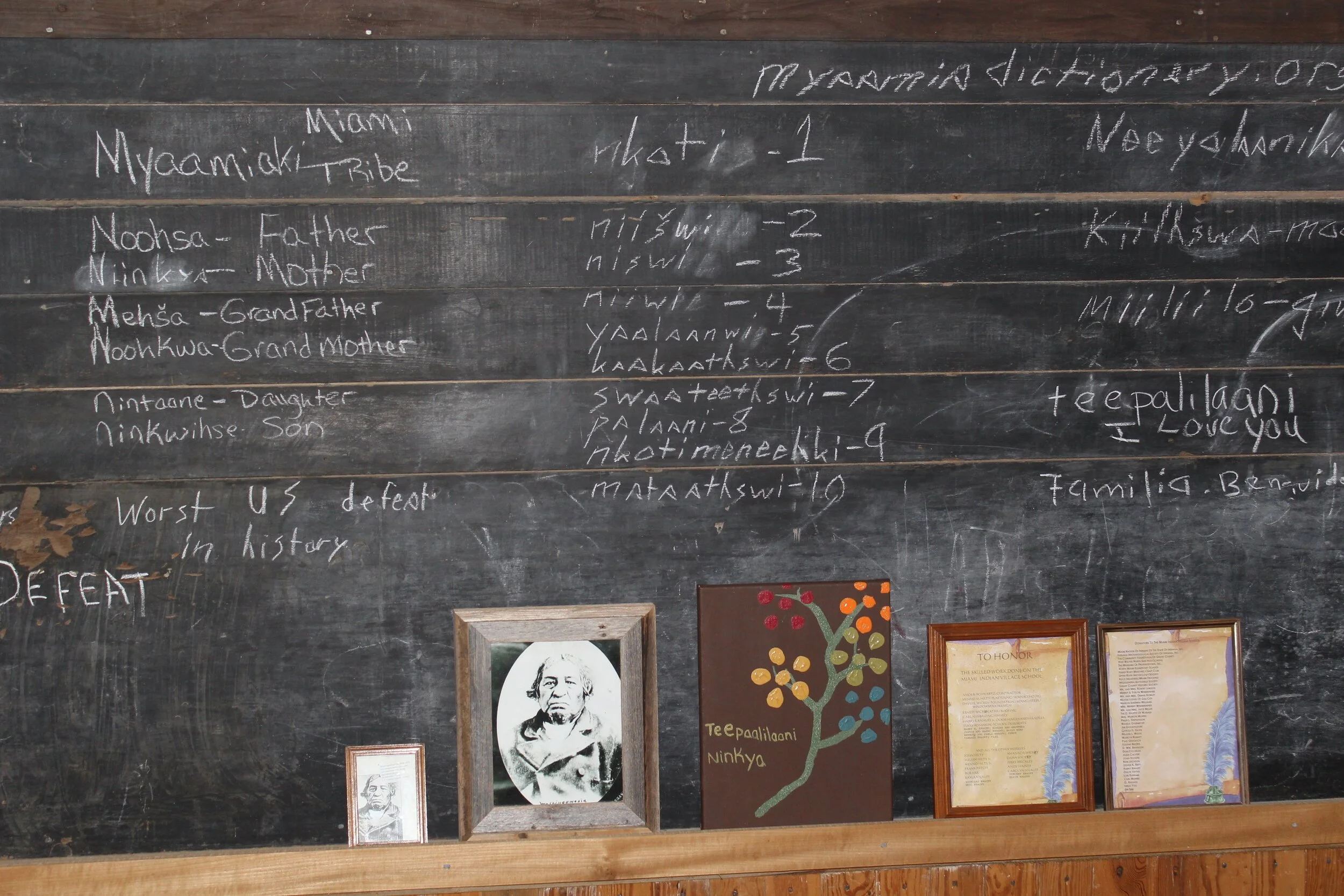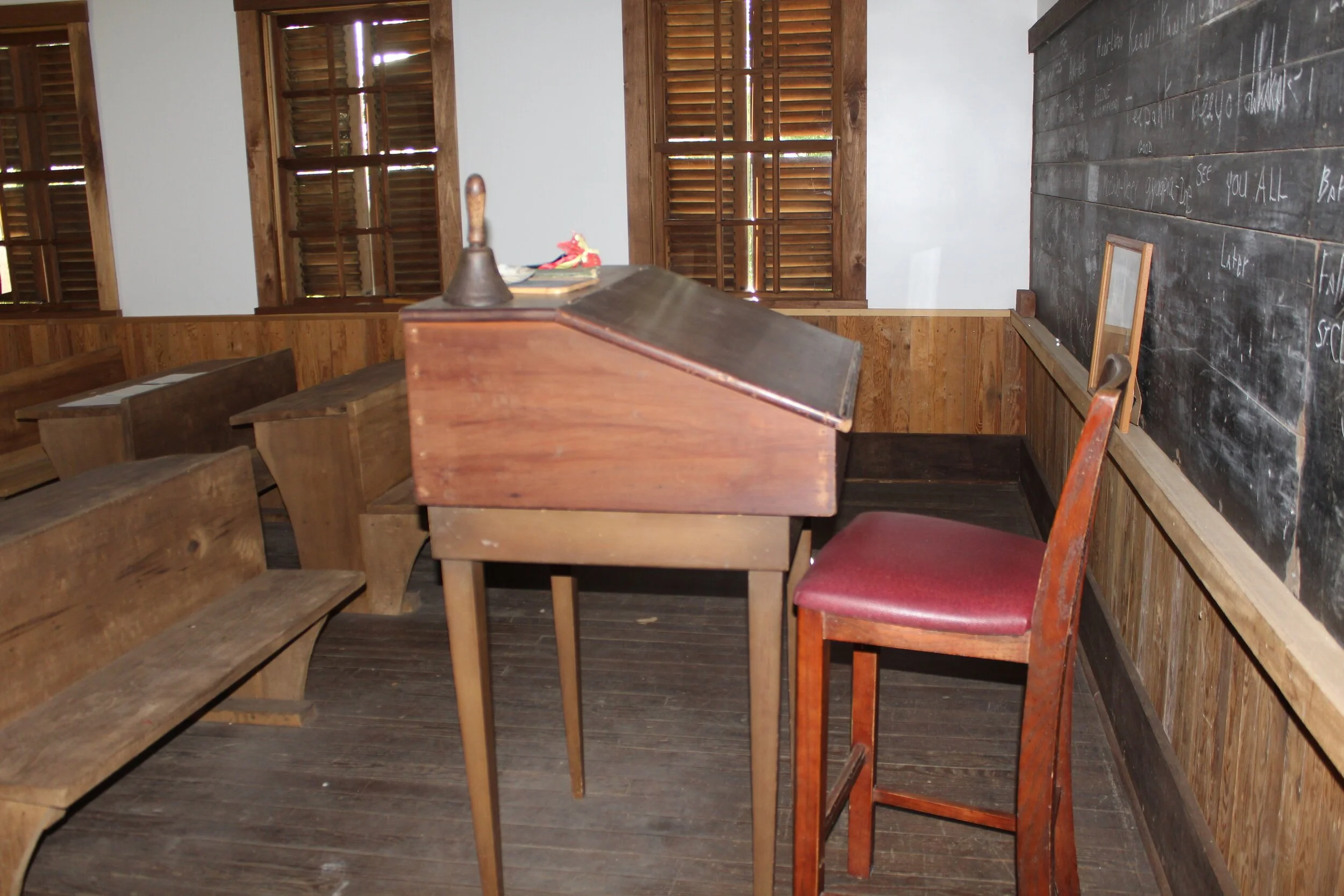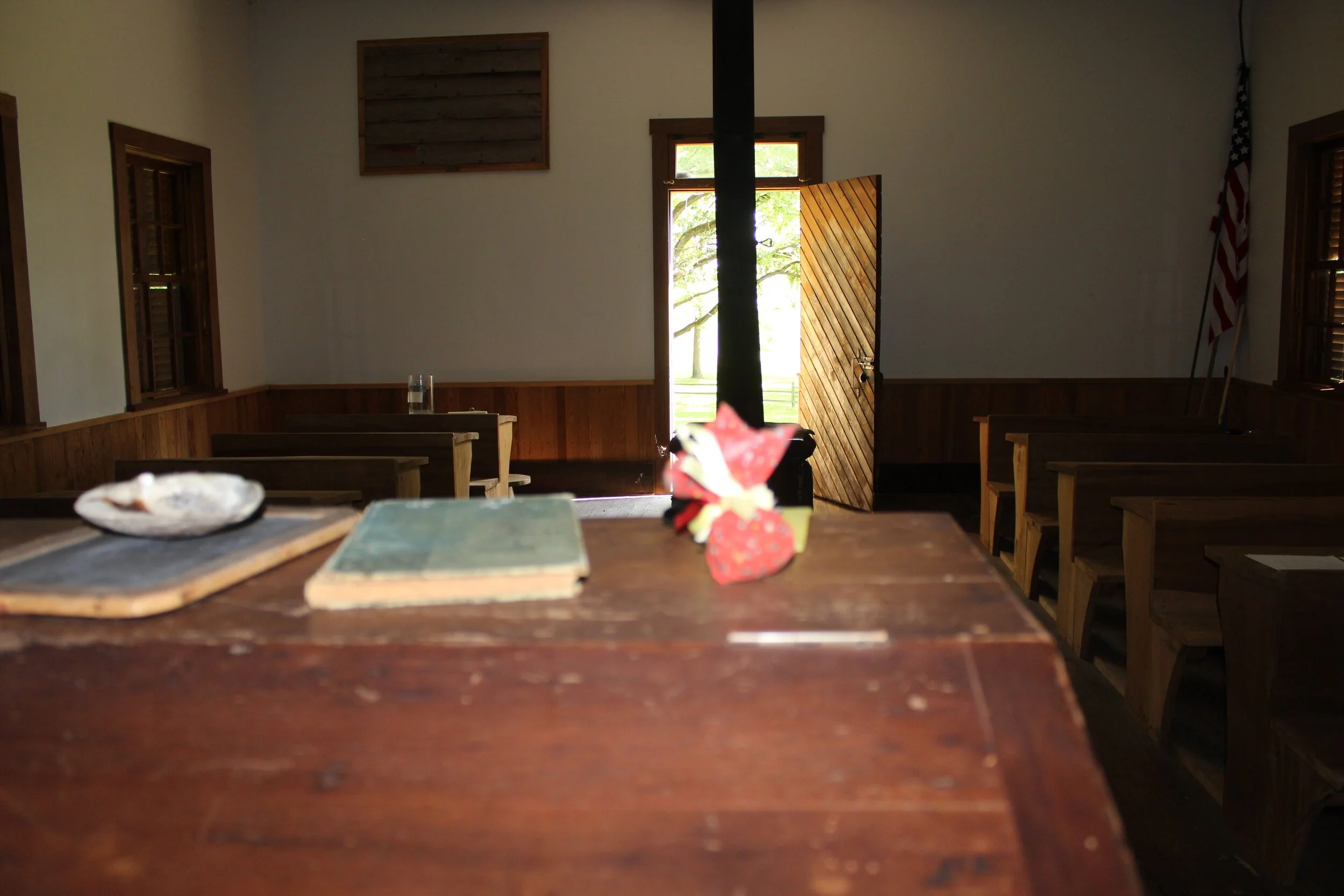
Outreach Programs
Miami Nation Food Bank
Miami Nation of Indiana’s Proud Community Contribution
Eehšaliaanki… (We Feed the People)
As a people, going back before contact with Europeans, we always provided for our people. The members of the Tribe who were elderly, sick, or couldn’t provide for themselves were provided for by all the other members of the Tribe. Today, the Miami Nation of Indiana continues this cultural practice of not just feeding the people of the Tribe, but all people living in Peru, Indiana, and surrounding Miami County. Our food bank, located at the tribal complex, is open on the third Saturday of every month at 1:00 pm. If you and your family are experiencing a time of food insecurity, please come see us on the third Saturday of the month for assistance.
Thank you to Tribe member Diana Evans for the use of the photos!
Seven Pillars
This magnificent formation is one of Indiana's best-kept secrets. The Seven Pillars (known locally simply as "The Cliffs") lie about four miles southeast of Peru, Indiana, along the Mississinewa River. This breathtaking formation was created over the centuries as wind and water eroded the limestone, carving rounded buttresses and alcoves into the north bluff of the river.
The famed Frances Slocum Trail, which runs along the north side of the Mississinewa River, passes along the top of the formation. The top of the Pillars provides a spectacular view of the area from as high as 50 feet above the river! But the best view from which to see the full splendor of the Pillars is from the south bank of the river.
In 2005, the staff of the Peru Tribune held a contest to determine the “7 Wonders of Miami County.” Not surprisingly, the Seven Pillars formation was voted number one.
The Miami People have always held and continue to hold this as a sacred formation. During pre and early contact with Europeans and Americans, we had often held council meetings and other activities within these isolated rooms. At one point, there was even a trading post operating from the site. Today, the Tribe owns land on the south bank of the Mississinewa River, directly across from the Seven Pillars, where the Tribe conducts our sacred Longhouse ceremonies as well as host our annual Miami Heritage Days at the Pillars.
To see the Seven Pillars for yourself, follow Highway 124 east from Peru to the Frances Slocum Trail Road, turn south, and travel about two miles. To visit the south bank, follow Indiana 124 from Peru to 300 East, turn south, and proceed to Mississinewa Road. Turn east and follow this along the river for about one and a half miles.
Thank you to Tribe member Diana Evans for the use of her photos!
Meshingomesia Schoolhouse
The Miami Indian Village School, One of Indiana's Best-Kept Secrets!
A Place Where the Miami of Indiana’s Language, Culture, and Way of Life are Taught to Future Generations!
Along the north bank of the Mississinewa River and a few miles northwest of Marion, Indiana, Chief Meshingomesia of the Miami of Indiana owned an eight-and-a-half-mile-long reservation.
In 1860, the Miami Indian Village School was built upon the reservation alongside a Baptist church. Classes were held in this schoolhouse from 1860 to 1898 for Miami of Indiana children to learn how to assimilate with the American way of life. Otho Winger, who later would become the president (1911-1941) of Manchester University in North Manchester, Indiana, taught at the school from 1895 to 1898. After 1898, the schoolhouse sat empty until the 1930s when it was relocated to a farm and used as a corn crib. The reservation was eventually forgotten by local Hoosiers for many years and the schoolhouse that was now a corn crib eventually was known only as a corn crib.
Wap Shing, our former Spiritual Leader, expressed to Joan Calvert his desire to see the schoolhouse back in the hands of the Tribe. Joan Calvert then took the initiative to locate the school and the farm it was sitting on as a corn crib. Mrs. Calvert discovered that the farm owner was Mr. Larry Stuber and began to have conversations with him expressing the Miami of Indiana’s willingness to buy and relocate it back to the former reservation lands.
On September 19, 1998, Mr. Stuber donated the schoolhouse back. It was disassembled and then reassembled piece by piece except the floor, which was moved as one solid piece and set on the new foundation. The chalkboard in the schoolhouse is original to the building, a teacher’s desk from the time period was found, and the student desks and shutters were made to fit the time period.
Today, the Miami of Indiana uses the schoolhouse as the educational source it once was, but now to teach the Miami of Indiana’s language, culture, and way of life instead of replacing these with American ways.
The schoolhouse is open to the public one weekend a year in late October during the annual commemoration of the War of 1812 battle on the Mississinewa River, which took place only one mile north of the current location of the schoolhouse. It can also be viewed or toured by schools and other groups by appointment. Contact the Tribal Office for more information.
Won’t You Please Help Us?
Maintaining this historical building (that is on the National Historic Registry) requires ongoing maintenance and repair. Since the Tribe's federal recognition was illegally revoked, we currently do not qualify for federal grants or funds the other Native American Tribes are eligible for and must raise all funds needed to maintain the schoolhouse.
Won't you consider helping us honor our past ancestors and teach the Miami of Indiana’s culture and language through the schoolhouse to current and future generations of Miami and all peoples?
Miami Indian Bingo
Bingo is operated at the Tribal Complex, 80 W 6th Street, Peru, IN 46970 on Thursday, Saturday, and Sunday evenings. Below are the program schedules.
Miami Nation of Indiana Historical Museum
The Miami Nation of Indiana is pleased to announce the upcoming opening of the Miami Nation of Indiana Historical Museum. The Museum will provide an avenue for Miami to display their own family artifacts. Stay tuned for information as many ongoing decisions still need to be addressed. The opening is projected to be in late spring.
Outreach Programs Available for Schools and Other Organizations
As a Tribe, we offer many programs to share and teach others about our history, culture, and society. We try to bring the Miami people to life by showing what it means to be Miami now, in today’s society, making it more tangible to those we are speaking to. In our programs, we teach who we are, where we have come from, and what we stand for. By doing so, we often enlighten our audiences about significant events in their local history through stories and artifacts in a multi-faceted approach to educating them, increasing their awareness of the region’s past, allowing them to gain a better awareness by broadening their knowledge base, and creating a deeper appreciation along the way.
Oral tradition has always played an important role in our history, and we feel it’s important to make sure that heritage, language, and cultural knowledge are passed on to future generations so that the identity of the Miami of Indiana people can live on. We lose many elders each year, taking their oral traditions and stories with them. We want to stem the tide by expanding the scope and reach of our programs to ensure the history of those who walked these lands before us isn’t lost to the ages, while instilling passion in our future generations to honor their past.
Our council members personally perform outreach programs at schools and other public events to help educate people on the customs and traditions of the Miami while promoting cultural awareness.
The Drum group of our tribe, the Twigh Twee, will also come out to schools and organizations to demonstrate and share Miami of Indiana cultural perspectives that revolve around the drum and to play traditional Miami drum songs.
Please click on the Contact Us tab to schedule a visit to your grade school, high school, or college classroom or your organization’s event.














